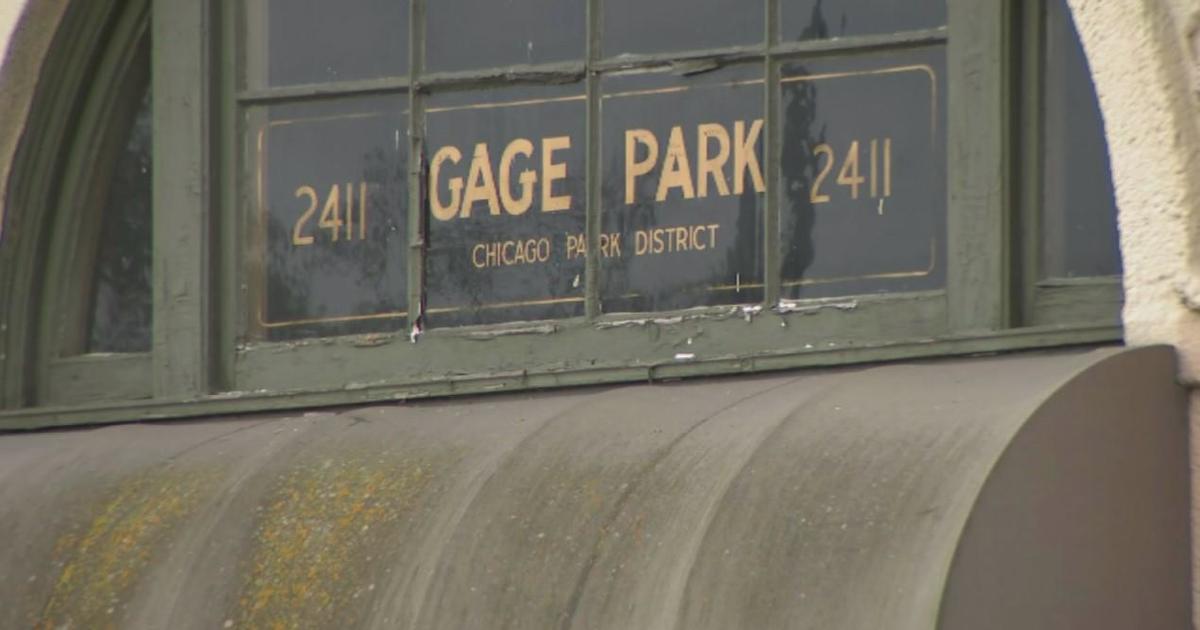Emerald Ash Borer Called 'Natural Disaster' In Vernon Hills
VERNON HILLS, Ill. (CBS) -- The emerald ash borer is attacking trees in Vernon Hills, in what one village official calls a "natural disaster."
The Vernon Hills Review reports village public works crews have begun cutting down ash trees along village parkways that are infested with the insect. Crews are expected to remove more than 60 trees over the next three weeks.
LISTEN: Newsradio 780's Pat Cassidy reports
Podcast
Village Engineer David Brown said village foresters have identified the emerald ash borer in parkway areas in a number of locations throughout the village. Some of the areas that infected trees have been found include the Greenleaf Drive area, New Century Town Manor Homes, Beaver Creek, Stone Fence Farms and Grosse Pointe Circle.
"It's all throughout the village — north to south, east to west," said Brown. "The trees that we'll be removing are parkway trees and potentially trees within village-owned parcels."
Brown said overall about 30 percent or approximately 3,600 of the village's parkway trees are ash trees. Given the emerald ash borer's ability to spread, he admits the long-range outlook for other ash trees in the community is not promising. "Ultimately, we think it's going to be almost every one of them," he told the Village Board on April 19.
"This is clearly a natural disaster and its impact will be dramatic," he said in a telephone interview after the meeting.
Meanwhile, Vernon Hills Park District officials continue to monitor the ash trees in local parks but so far have not identified any significant infestations, according to Matt Hayes, a park district arborist.
Hayes said park district crews did remove 16 ash trees during the winter and early spring that were showing signs of distress due to storm damage or age, but he has not yet seen the insect on ash trees in the parks, although he expects it is only a matter of time. He said the park district has requested traps from the Illinois Department of Agriculture, which will be set up at various locations in the parks later this spring.
Last year, Hayes said the park district began treating more than 200 of the larger, more mature ash trees with a chemical insecticide designed to protect those trees from the emerald ash borer. He said the insecticide, which is injected near the base of the trees in the late spring, kills the insect as they feed on the leaves or inner bark of the trees.
"I'm not naive enough to say it's going to save every ash tree in the park district, but I do think it will save a good percentage," he said.
The emerald ash borer has been causing trouble in multiple suburbs already this year. Earlier this month, Park Ridge officials said between 50 and 60 ash trees would have to be cut down, and 100 more could be eliminated by the end of 2011.
There are over 2,100 ash trees planted across Park Ridge, city Forester Tony Gliot said.
The emerald ash borer is an insect native to Asia which arrived in the U.S. in the 1990s. Ash borer larvae kill ash trees by consuming trunk bark, the U.S. Forest Service explains.
The insect was first spotted in Michigan in 2003, and since then has made its way across Illinois, including many Chicago suburbs. The ash borer has also been seen in Ohio, northern Indiana, Maryland and Pennsylvania, the U.S. Forest Service says.
Pinoeer Press' Vernon Hills Review contributed to this report, via the Sun-Times Media Wire



